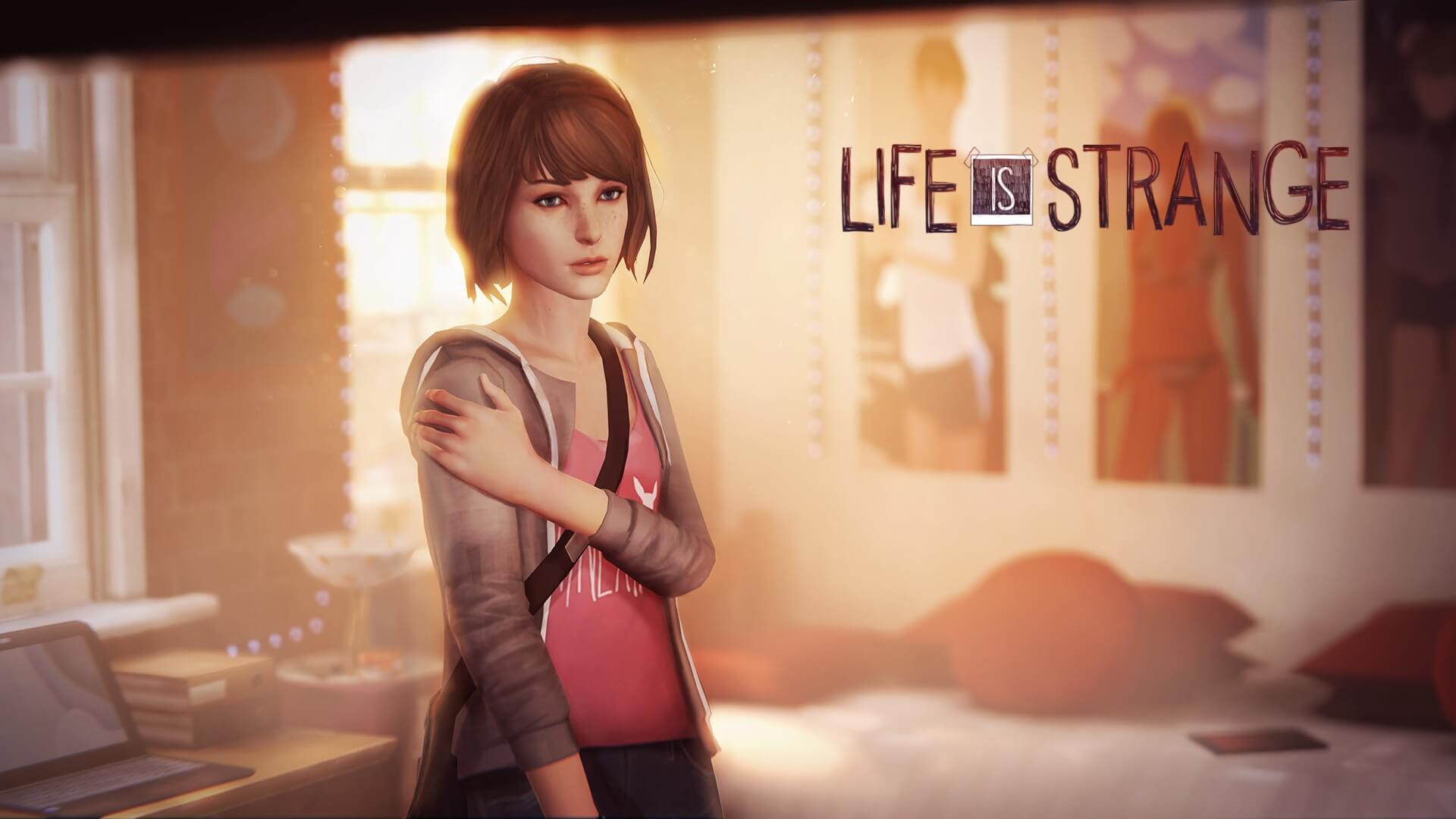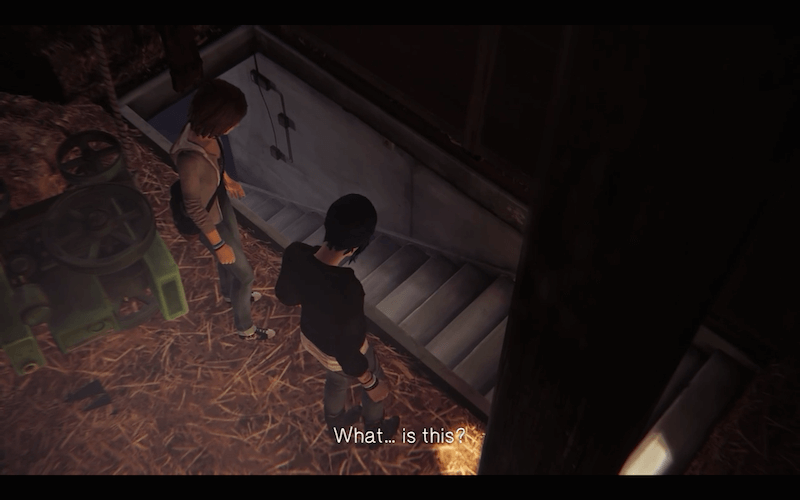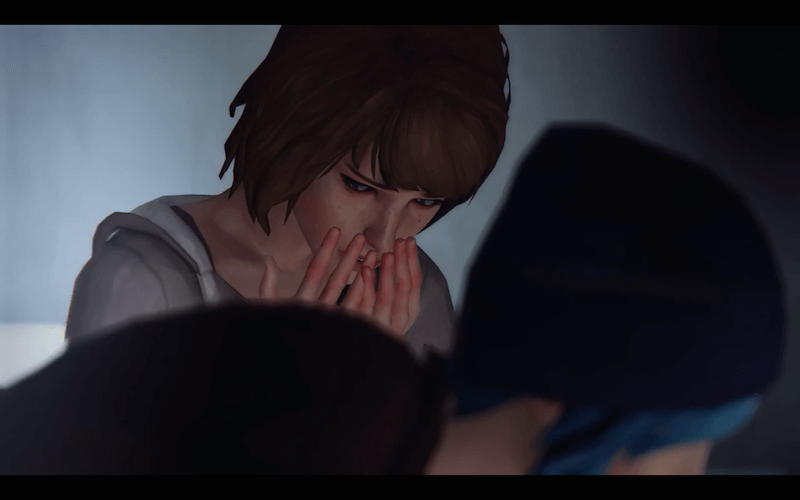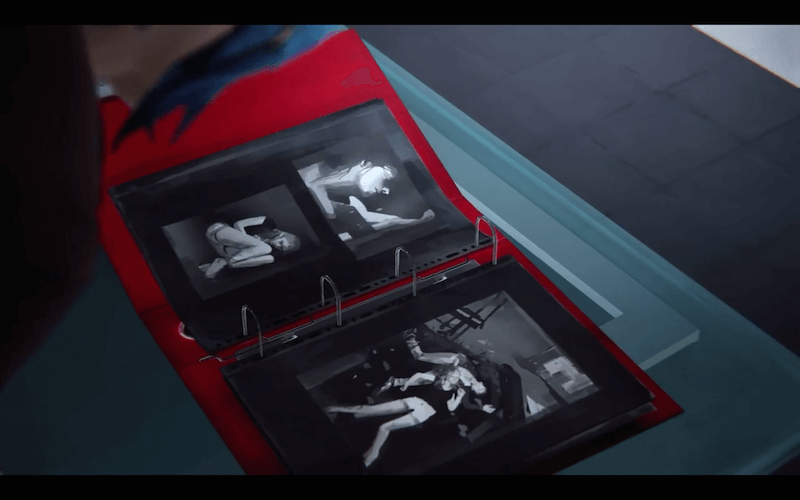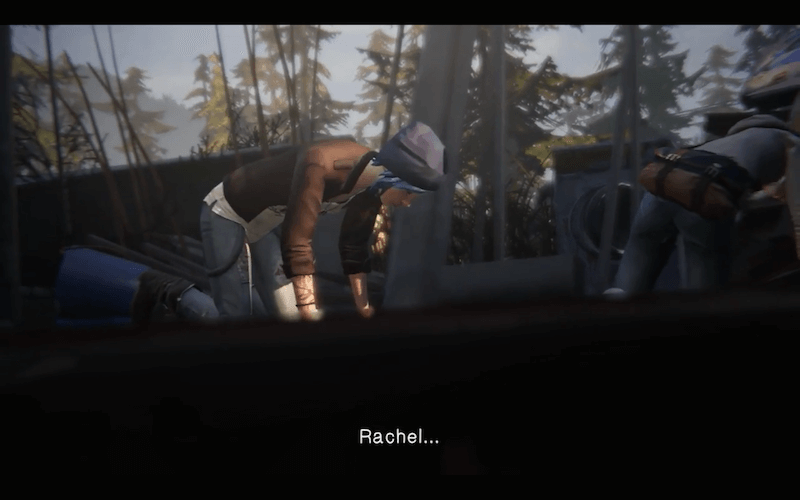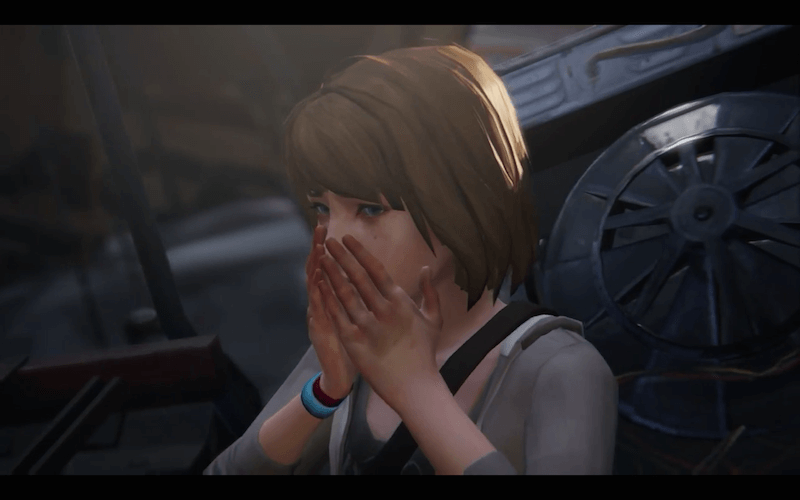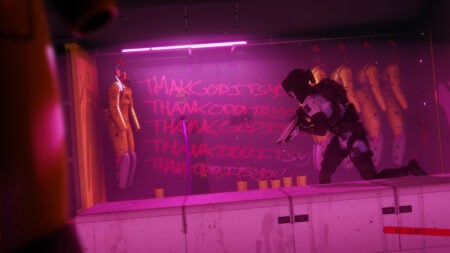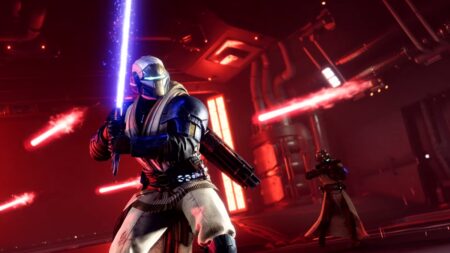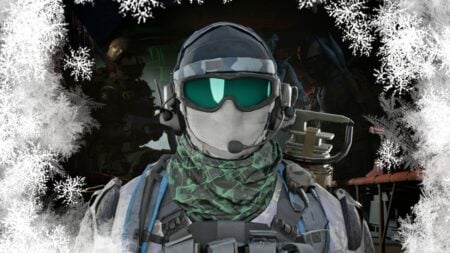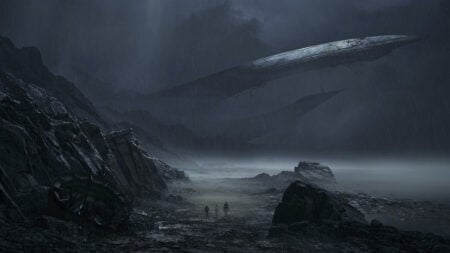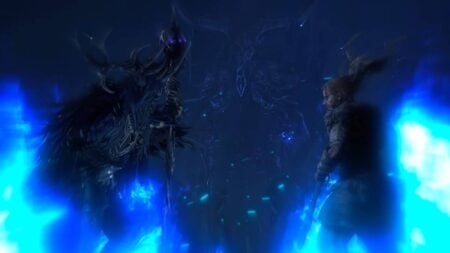Version tested: PC
Also available on: Playstation 3 and 4,
Developer: Dontnod Entertainment
Publisher: Square Enix
Genre: Graphic adventure
“One of the freshest and most intriguing titles I’ve seen in a long, long while,” boasts a quote from Official
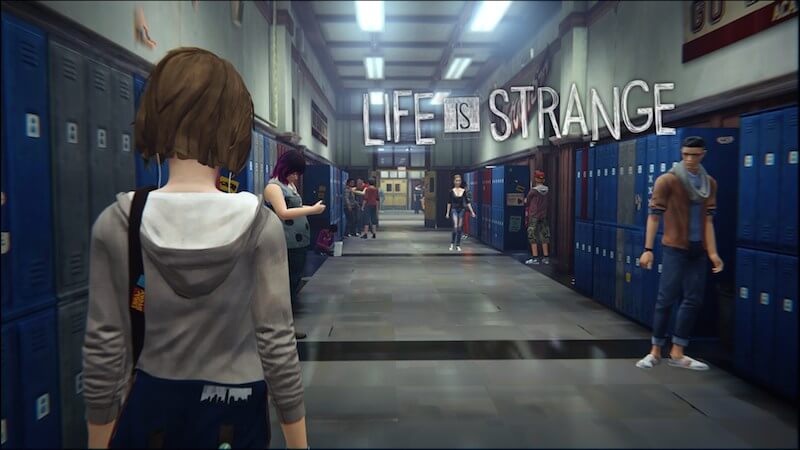
I initially interpreted the title “Life Is Strange” as most people probably would, knowing the game is about high school students at a pricey private art academy. It pointed to teenage angst and politics. To be honest, I think most YA-based media and literature (as great as some is) could be titled “Life Is Strange” and pull it off. But episode 4 changed this for me.
It begins with the usual reminder of “Previously on Life is Strange…” and proceeds to show Nathan threatening Chloe in the bathroom, “You don’t know who the fuck I am or who you’re messing around with!” and Chloe kicking him before escaping, shouting, “Don’t EVER touch me again, freak!”
Little did we know how pertinent these flashbacks would be toward the end of the episode. And after playing through it, my interpretation of the game’s title changed completely. It became shadowed in a much more adult and serious light. Despite still featuring preachy, teen-aimed moments (that really can’t hurt anyone), “Life Is Strange” now began to mean, life is strange, why things happen the way they do, why we lose the people we care about, and why, despite our best efforts, we can’t always make good win or things turn out the way we’d hope or think they should. Life’s just strange that way.
One of the biggest dramatic bombs in this episode was Max’s attempt to save Chloe’s dad. After touching a photograph at the end of episode 3, Max was pulled back in time to her long-lost past where William was still alive. Turns out, saving his life has the unforeseen consequence of Chloe later being in an accident instead… in a car William bought her.

The game forces us to ask then, “Was this inevitable? Did we cause this? If life is full of incidents like this, how can we ever have enough power to go back and stop every bad thing from happening?” Or, more realistically, “How do we make our way through a life like this, with trauma around every bend?” Chloe’s paralyzed and her health deteriorating, so she asks Max to help her end her life.
For a point-and-click, choice-intensive adventure, this was probably the biggest wallop of “holy crap, what do I do?” the game has ever unloaded on its players. Players can accept or refuse to assist the suicide. It’s extra poignant, after Kate.
Either way, whether you assist or not, Max breaks and uses some photos to return her to the game’s original reality, choosing Chloe’s life over William’s. Call this the right thing to do or not. No matter, this reality’s undone. And truth be told, everything returning to normal after this emotional roller coaster sequence was a bit of a letdown. The only impact the whole sequence had now is on the player’s psyche. Because while Max and the player have been shown the power of messing with the past, Max doesn’t seem to feel its weight at any point in the episode afterward. The lack of an aftermath made the back-in-time glimpse feel somewhat manipulative, considering the emotional trip it sent players on.
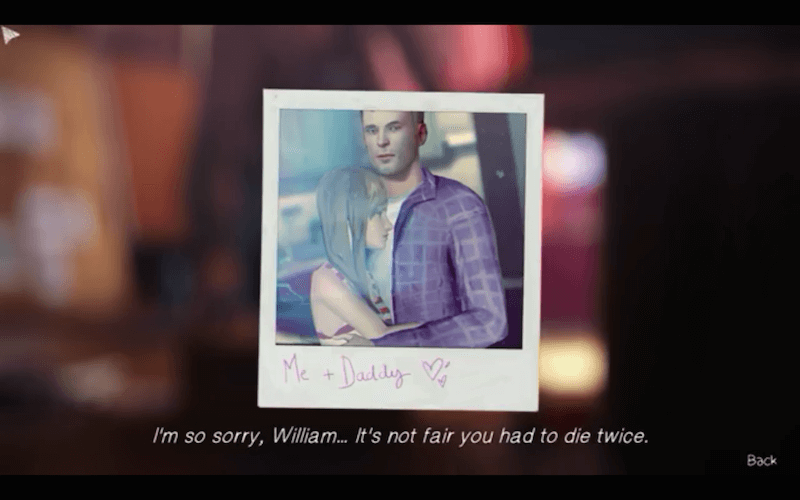
Nonetheless, it was still an enjoyable sequence to play, and as a game about how strange life can be, how little sense its twists can make and how manipulating its turns can feel, this “flashback” didn’t strike me as unacceptably out of place in the episode. (And trust me, I’d be the first to say so if it did.)
And in fact, this “flashback” did eventually come to mean a whole lot when the twist ending hits and we realize we might not have saved Chloe at all. Despite letting William die and returning to an alive but screw-the-world Chloe, despite assisting Chloe in the suicide or not, she slips between our fingers anyway in the episode’s final minutes. Our choices made no difference.
Rather than being aggravating, the sense of helplessness is satisfactorily overwhelming. Surprised by a dosage of drugs to the neck, Max is unable to rewind and save Chloe from the bullet through her brain. We can yell at our screens, but the hopelessness is real.
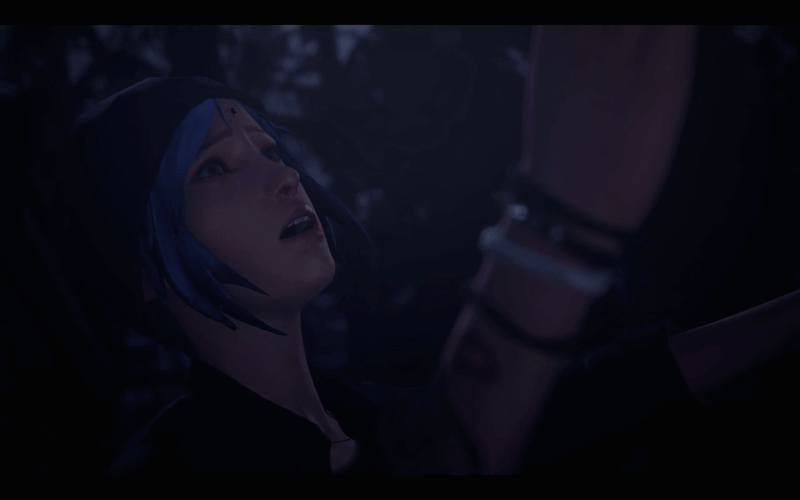
I don’t care whether or not this event is scripted and unavoidable; the guilt and pain you feel going through it is equally as inevitable.
The same goes for this episode’s discovery of Rachel Amber’s body, buried in that junk yard. In the interim between the dramatic beginning and close of the episode, we’re returned to the present-day world where Max and Chloe finally don their Sherlock caps and put their Rachel Amber investigations into action at last. The results are as horrifying as the episode’s fatal ending.
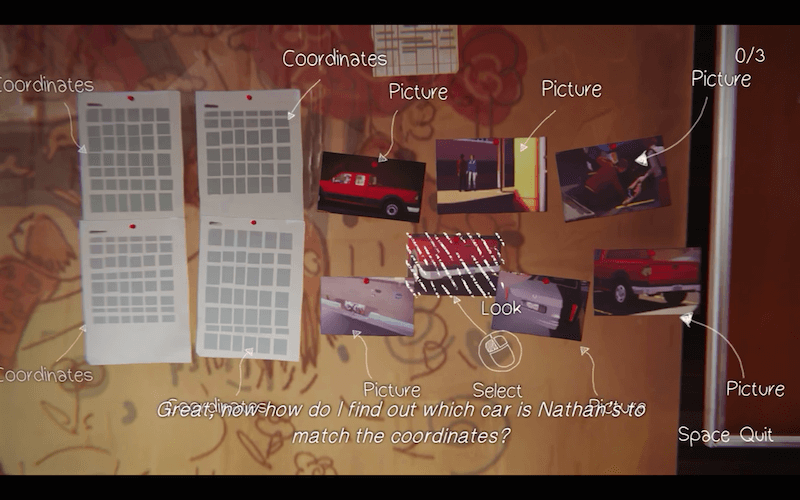
Even for the strong-stomached, this section was hard to take as the visuals were delivered on, per usual.
He has binders on everyone. Kate Marsh, Rachel Amber, even Chloe.
Chloe and Max realize Rachel has been buried. They discover a body bag in the junk yard, right where Chloe figures out it will be. Even though we haven’t had much of a connection built between us and Rachel, our love for Chloe steps in. Seeing Chloe’s grief and knowing what Rachel’s friendship meant to her is enough to make Max’s comment about the stench and Chloe’s distressed cries over the glimpse of the body bag unbearable.
Life Is Strange felt a little scattered to me before, with some of its elements feeling estranged from others (pun intended). Now, with many strings finally coming together into a single thread, even the nature- and animal-phenomena going on in Arcadia Bay are starting to feel like part of a cohesive picture.
For instance, the Vortex Club party we finally got to see. It had been talked up a ton since the very first episode, so getting to see what it was all about was a nice, long-awaited treat. So was walking around talking to the NPCs and getting to see how your choices have affected them thus far in the game. If you made the choices I did, then having queen-bee Victoria admit you’re pretty damn cool was (admittedly) super satisfying. So was the pool bash, even if it was over the top.
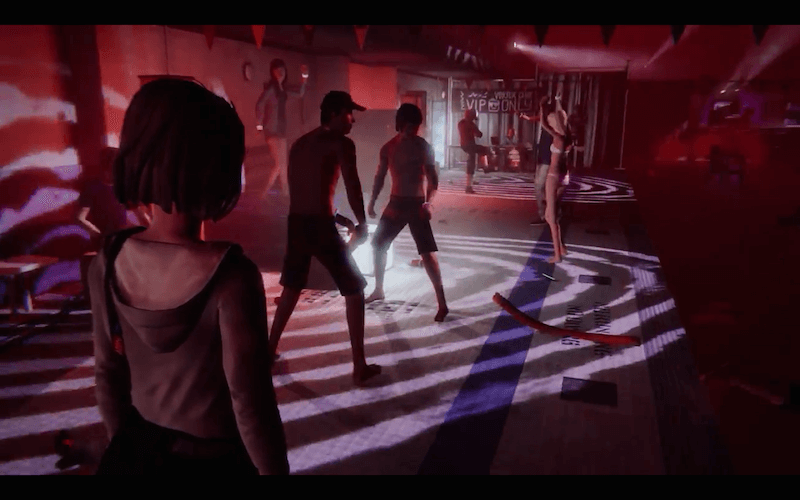
What I love about this game is how Max’s powers mirror real life and let us explore our own personalities. Sure, we don’t have her superpower, but how it lets her see the consequences of her actions mimics how we see our actions in life build up on top of each other to make us who we are, and how by changing our behavior, we can change ourselves. Besides having a great, surprisingly complex story and a rich, colorful world full of vivid personalities to explore, Life Is Strange provides a startlingly entertaining portrait of humans, both young and old, “normal” and “weird.” It’s a great episodic game that lets you kick back even while you wind your way through its darker paths to a frightening conclusion.
Before the fifth and final episode of the game comes out (probably in about two months, we’ll keep you posted), why not pick up a copy and check it out episodes 1-4 yourself? Even if you know what happens, it’s not the end that matters, but the journey you take. Really.
[review]

